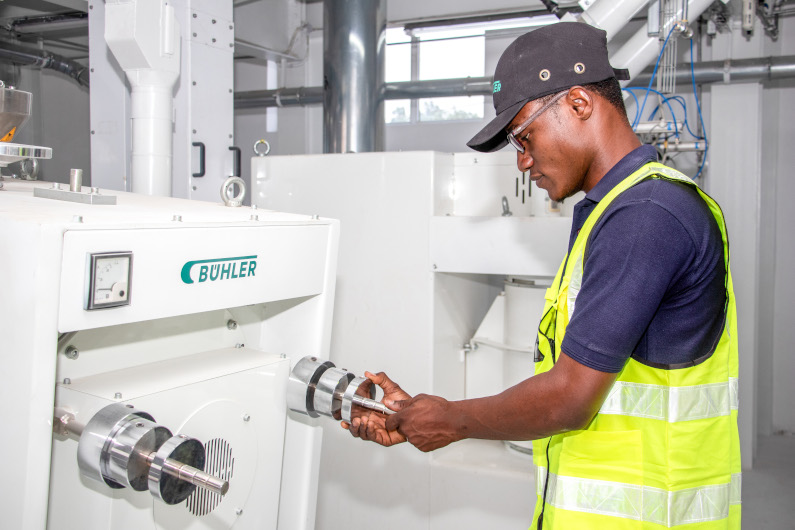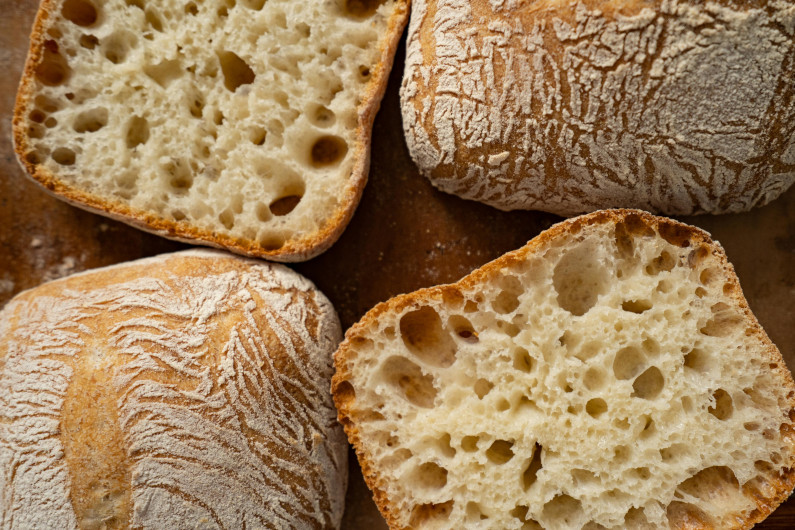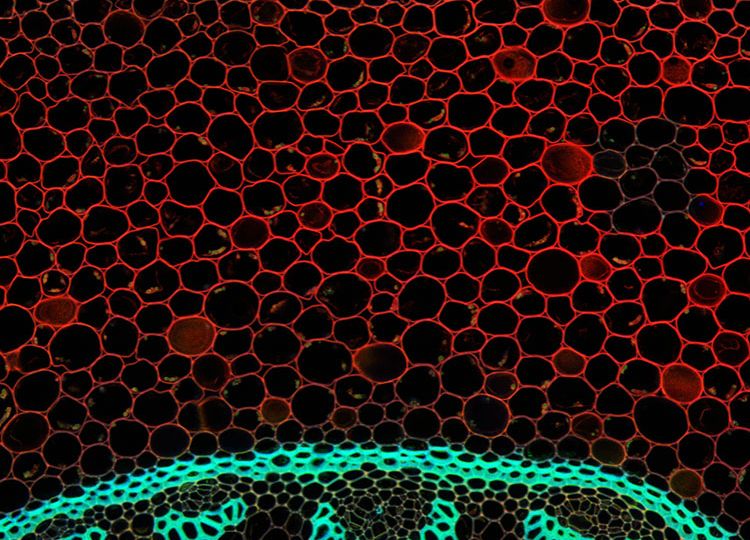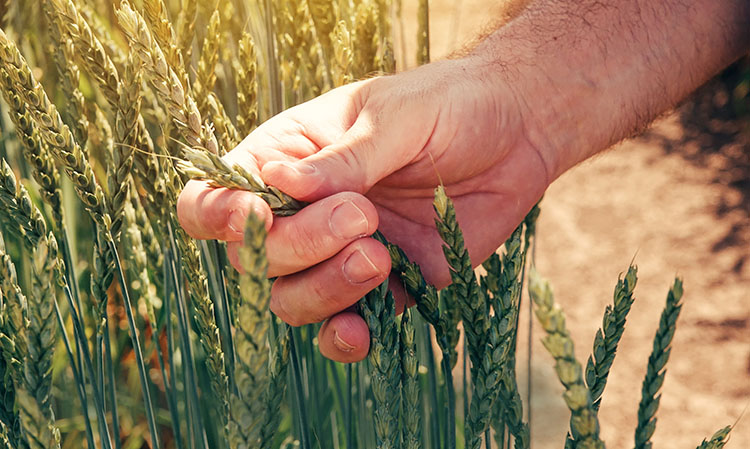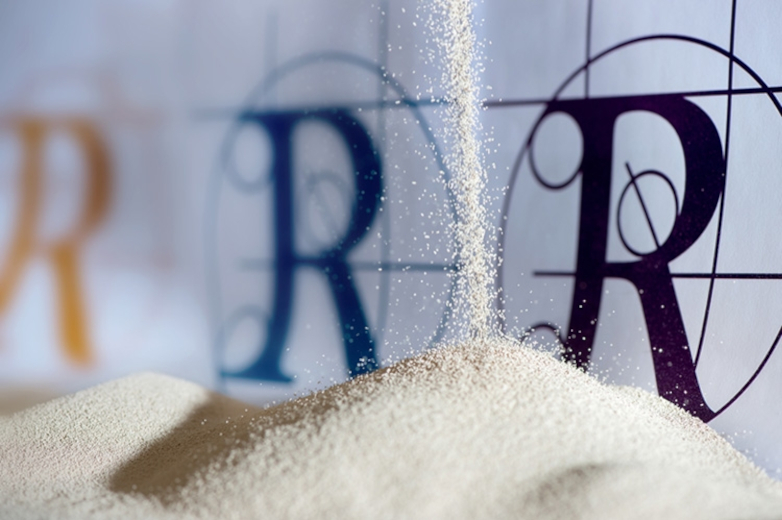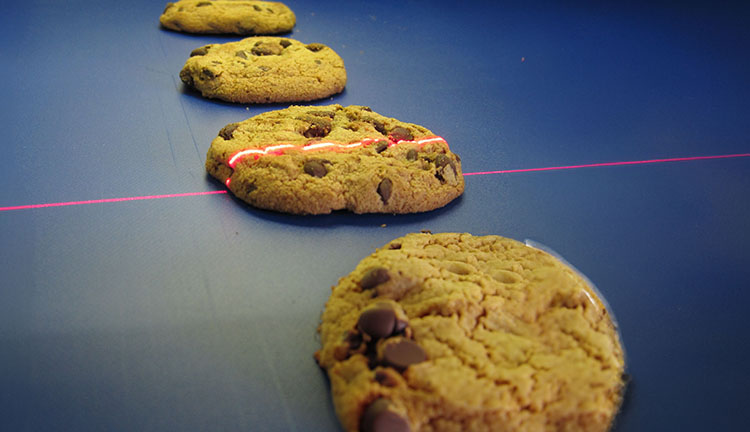Bühler opened a grains application center in Kano, Nigeria dedicated to processing local and ancient grains, to support food development with local grains. The Grain Processing and Innovation Center (GPIC) was developed in collaboration with Flour Mills of Nigeria Plc.
SAFE Food Advocacy Europe highlights the need for legally binding limits for acrylamide in food, to protect consumer safety. The organization provided feedback many times to European policymakers regarding the regulation of acrylamide levels in food.
By Hannah M. Hartge, Eckhard Flöter and Thomas A. Vilgis The aim of this study was to better understand the…
Scientists are working on developing a new type of bread that has wholemeal health benefits while looking and tasting like white bread. The researchers plan to add small amounts of peas, beans and cereals to the bread mix, as well as bran and wheat germ that are normally removed from white flour.
By Frida Köning and Dr. Julien Huen, ttz Bremerhaven Among the analytical possibilities available for characterizing food products, microscopy is…
By Dimitris Argyriou Spelt has been making a comeback among consumers’ favorites, propelled by scientific evidence and the perception that…
Flatbreads contribute significantly to the sustainability of food systems. They can be made from various cereals, pseudocereals, or pulses, promoting the use of local produce from marginal lands. Their short baking times, which can even eliminate the need for an oven, reduce energy consumption. Additionally, their ability to wrap around food or serve as utensils lessens the need for tableware and saves water.
Renaissance BioScience is working on developing a yeast-based solution to address the prevalent challenge of off-flavors and aromas in plant-based protein products. For this project, Renaissance has been awarded CAD 232,000 in funding from the Canadian Food Innovation Network.
All information is valuable information in the realm of inspecting products throughout the entire manufacturing process, through to packaging. Automated…
Bread, a staple of the daily diet, has a history intricately linked to human civilization. Among its myriad forms, ‘flat’…


